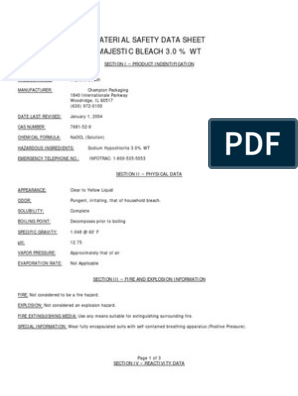100% found this document useful (2 votes)
562 views12 pagesLesson 1 - Basic Principles of Plumbing
Plumbing is the art of installing pipes and fixtures to transport water and remove waste from buildings. In 1902, plumbing was recognized in Manila and based on US codes. The National Plumbers Association was formed in 1935. The Plumbing Law of 1955 established regulations. Plumbing systems have components like water distribution, drainage, and fixtures, and follow principles like providing potable water and properly venting drains.
Uploaded by
Nicholas Bonn SingCopyright
© © All Rights Reserved
We take content rights seriously. If you suspect this is your content, claim it here.
Available Formats
Download as PDF, TXT or read online on Scribd
100% found this document useful (2 votes)
562 views12 pagesLesson 1 - Basic Principles of Plumbing
Plumbing is the art of installing pipes and fixtures to transport water and remove waste from buildings. In 1902, plumbing was recognized in Manila and based on US codes. The National Plumbers Association was formed in 1935. The Plumbing Law of 1955 established regulations. Plumbing systems have components like water distribution, drainage, and fixtures, and follow principles like providing potable water and properly venting drains.
Uploaded by
Nicholas Bonn SingCopyright
© © All Rights Reserved
We take content rights seriously. If you suspect this is your content, claim it here.
Available Formats
Download as PDF, TXT or read online on Scribd
/ 12









































































































